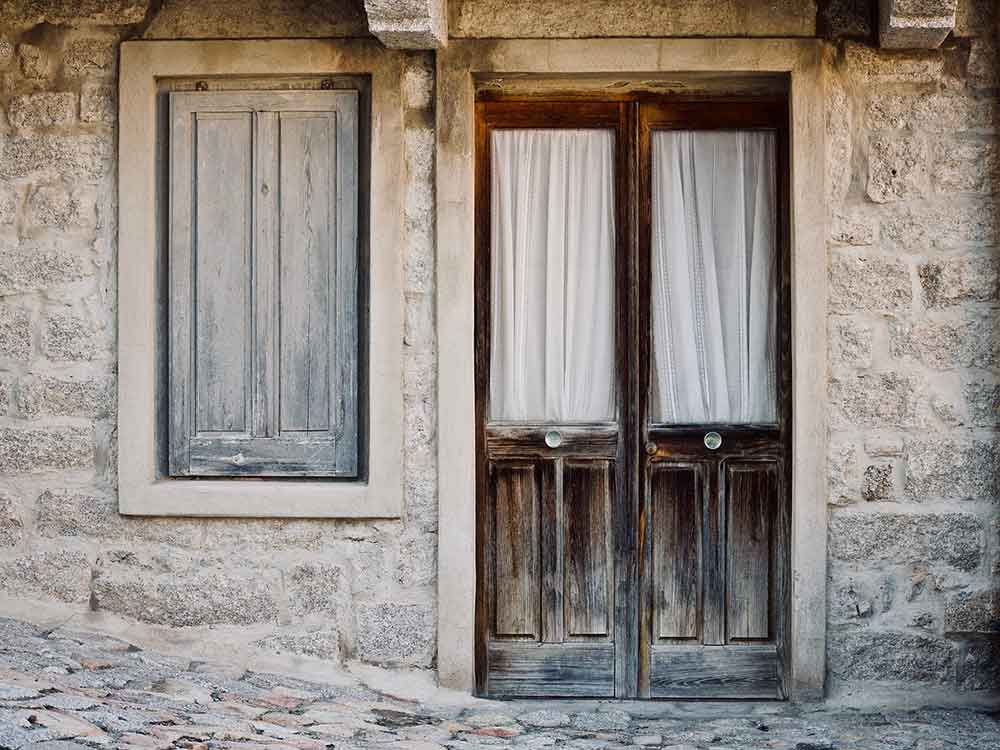- About
-
Discover
City Guides, Tour Guides, Insider's Guides
-
Experience
Book your next trip
-
Lab
Book the digital Experiences
-
Hidden Gems
Hotels. Restaurants, Bars
Editor: Elisa Carassai
In recent months, since the pandemic started, thousands of city dwellers fled from cities moving in with family or alone renting properties to be away from crowds in order to spend the lockdown in more spacious quarters. While some have moved back into cities just in time for fall, some others are considering permanent moves to be in nature.
With ‘biophilia’ (ed. note "the urge to affiliate with other forms of life" - in a particular way, nature) becoming a big trend amongst the design and architecture community, it comes as no surprise that people are taking the extra step and leaving cities to move to the countryside to be amongst nature. But the natural world around us has been blooming just as our made world is falling apart.
In Italy, this migration from cities to the countryside prompted a discussion which was initiated by a statement made by Stefano Boeri, the renown Bosco Verticale architect in an exclusive recent interview.
The architect and Politecnico of Milano urban planning professor stated that ‘the future lies away from cities and in old towns / antique hamlets’.
As demonstrated by the design duo, Pretziada, who have based their whole creative practice on ‘forging new human connections through interdisciplinary artistic action, building invisible bridges between the island [of Sardinia] and the rest of the world.’ By moving to a valley in Sardinia to work directly with artisans, curating specific creations, as well as work on short anthropological residencies that the duo undertake with international creatives, introducing them to the island and its culture. The duo truly believes that by working in full respect of the local heritage and traditions they can bring change and prosperity to this ancient place without losing an ounce of authenticity and have truly demonstrated that this potential idea may be possible.
Same as Pretziada, Riccardo Monte quit London and his job and decided to found his creative studio based in the Italian Alps. He transformed an old barn into a space where architecture, painting and sculpture coexist between past and presents. Riccardo Monte is only another example of creatives pursuing post-urban life, closer to nature and simple values.

“Italian hamlets are the backbone of our country, they are places where you live better and differently from large cities, on a human scale"
”"They are places of thought and slowness, a slowness that represents the figure of Italy craftsmanship, quality agriculture, the protection of biodiversity, the landscape suspended between town and country, between sea and inland. It is these concepts that we protect and spread as an association to make it more and more attractive to live in these often peripheral places. Only a few years ago Italian villages have been revalued, mostly as places to visit for vacations,” observed the president of the Association of authentic villages of Italy, Rosanna Mazzia in another article.
In point of fact, Italian towns under 5,000 inhabitants are 69.7% of the total Italian municipalities. But not everyone is as ambitious as the duo from Pretziada, and while the beauty of living in a hamlet is indeed fantastic, there are also some cons, which include the fact that many of these centers aren’t yet ready for smart working or living.
Overall, while the potential of smart living presents many advantages, of course, rumours of the deaths of cities have been largely exaggerated these past few months. Citing Werner Batzing, an emeritus professor of cultural geography at the University of Erlangen-Nuremberg in Germany who talked about this in the WSJ, “while suburban areas may grow as a result of the pandemic, people are unlikely to venture much further for long,” he said. “Those are short-lived ideas in which the countryside appears a safe place and the city becomes the centre of all uncertainties, but as soon as the crisis is over, the city becomes the centre again.”
With a pandemic still in bloom, new realities seem to be developing and with this a new exciting possibility of shaping the way we will be living. How will the house of the future look like? How will cities and our lives look like? Who knows. What matters for now is the possibility of working on a long term plan that will benefit and improve the lives of both city and hamlet dwellers.